In the ever-evolving textile industry, the quest for sustainable alternatives has led to remarkable innovations, with corn fiber emerging as a particularly promising material in the knitting sector. Recent advancements have not only enhanced its functional properties but also sparked a compelling debate: can corn fiber truly rival the luxurious feel of cashmere? This question lies at the heart of a transformative shift, as manufacturers and designers explore the potential of bio-based fibers to redefine luxury and comfort in knitwear.
The journey of corn fiber, derived from polylactic acid (PLA) sourced from fermented corn starch, began with a focus on sustainability. Its biodegradable nature and reduced carbon footprint made it an attractive option for eco-conscious brands. However, early iterations faced criticism for their somewhat stiff and synthetic hand feel, which paled in comparison to natural fibers like cashmere. But relentless research and technological refinements have dramatically altered this narrative. Through advanced spinning techniques and blending processes, modern corn fiber now boasts a softness and drape that were once unimaginable.
One of the key breakthroughs has been the development of ultra-fine denier corn fibers, which mimic the fineness of cashmere fibers. By reducing the diameter of the filaments, producers have achieved a notably softer texture that closely resembles the plush, lightweight quality of cashmere. Moreover, innovations in surface treatment, such as enzyme washing and silicone softening, have further enhanced the tactile experience, eliminating any residual coarseness and imparting a smooth, almost silky hand feel. These improvements have allowed corn fiber to step into the realm of high-end knitwear, where sensory appeal is paramount.
Blending has played a pivotal role in bridging the gap between corn fiber and cashmere. By combining corn fiber with other natural or synthetic materials, such as wool, silk, or even recycled polyester, technicians have created hybrid yarns that leverage the best attributes of each component. For instance, a blend with a small percentage of cashmere or merino wool can elevate the overall softness while maintaining the sustainability benefits of corn fiber. These blends not only enhance the hand feel but also improve the durability and elasticity of the final knit product, making it more practical for everyday wear without sacrificing luxury.
Beyond mere imitation, corn fiber brings unique advantages to the table that cashmere cannot match. Its moisture-wicking properties, for example, make it exceptionally comfortable in varied climates, drawing sweat away from the skin and allowing for quicker evaporation. This functional benefit is complemented by its inherent resistance to odors and UV radiation, adding practical value to its aesthetic appeal. Additionally, corn fiber knits tend to be more colorfast, retaining vibrancy after repeated washes, whereas cashmere may require more delicate care to maintain its appearance.
However, the subjective nature of "hand feel" means that the comparison is not solely technical. Cashmere has long been celebrated for its unparalleled softness, warmth, and lightweight elegance, cultivated over centuries of tradition and craftsmanship. For many consumers, the emotional and sensory connection to cashmere is deeply ingrained, associated with luxury, heritage, and natural authenticity. Corn fiber, as a bio-based synthetic, must overcome not only physical but also perceptual barriers to gain acceptance as a true peer to cashmere.
Market response has been increasingly positive, with several luxury and sustainable brands incorporating high-quality corn fiber knits into their collections. Customer feedback often highlights surprise at the softness and comfort, with many noting that the material feels "surprisingly cashmere-like." This reception is bolstered by the growing demand for eco-friendly products, as consumers become more willing to embrace alternatives that align with their values without compromising on quality or experience.
Looking ahead, the potential for corn fiber in knitting is vast. Ongoing research aims to further refine its properties, perhaps one day achieving a hand feel that is indistinguishable from cashmere—or even superior in certain aspects. As technology progresses, we may see corn fiber not just as a substitute but as a innovative material in its own right, inspiring new textures, finishes, and applications in knitwear design.
In conclusion, while corn fiber may not yet universally be regarded as identical to cashmere in hand feel, the gap has narrowed significantly. Through technological advancements and creative blending, it now offers a compelling alternative that balances sustainability with luxury. For the conscious consumer and forward-thinking designer, corn fiber represents not just a imitation of cashmere, but a evolution in what knitwear can be—soft, sustainable, and sophisticated.
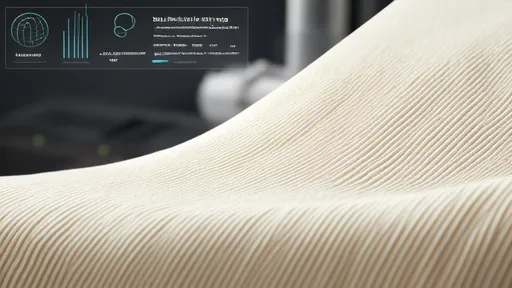
By /Aug 21, 2025
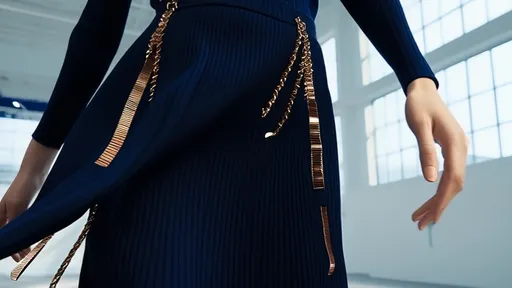
By /Aug 21, 2025
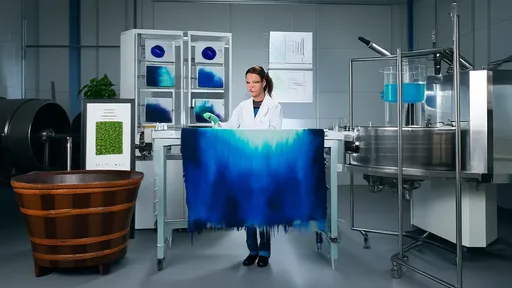
By /Aug 21, 2025
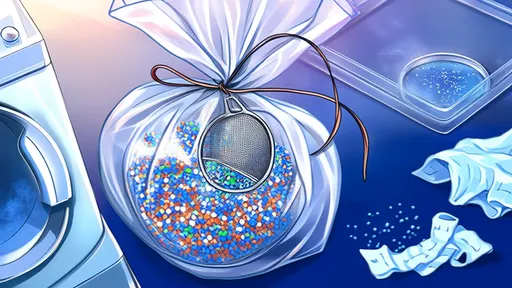
By /Aug 21, 2025

By /Aug 21, 2025

By /Aug 21, 2025

By /Aug 21, 2025

By /Aug 21, 2025

By /Aug 21, 2025
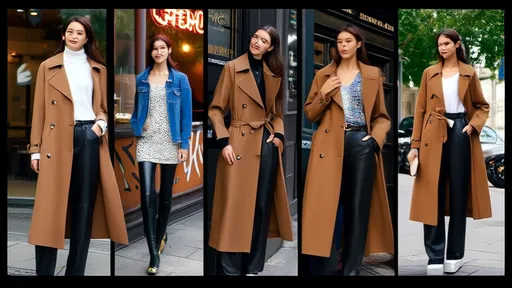
By /Aug 21, 2025

By /Aug 21, 2025

By /Aug 21, 2025
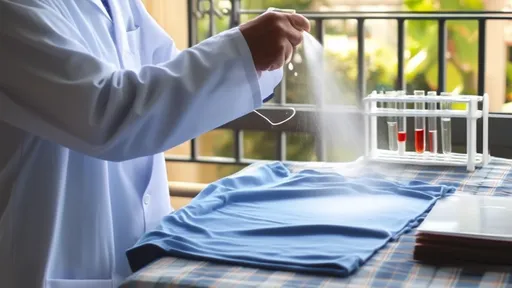
By /Aug 21, 2025

By /Aug 21, 2025

By /Aug 21, 2025

By /Aug 21, 2025

By /Aug 21, 2025

By /Aug 21, 2025
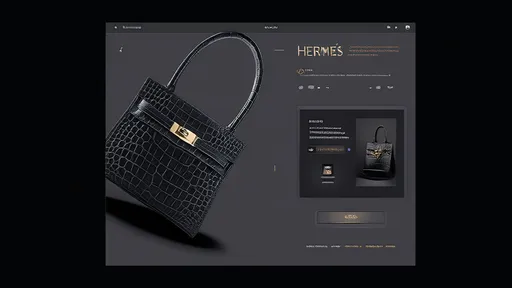
By /Aug 21, 2025

By /Aug 21, 2025